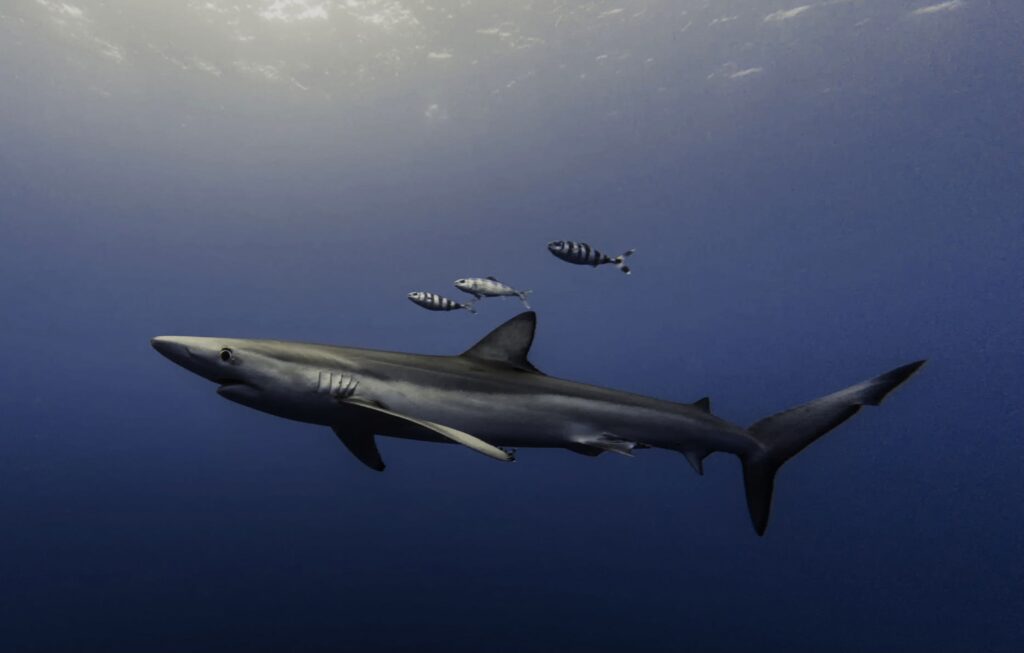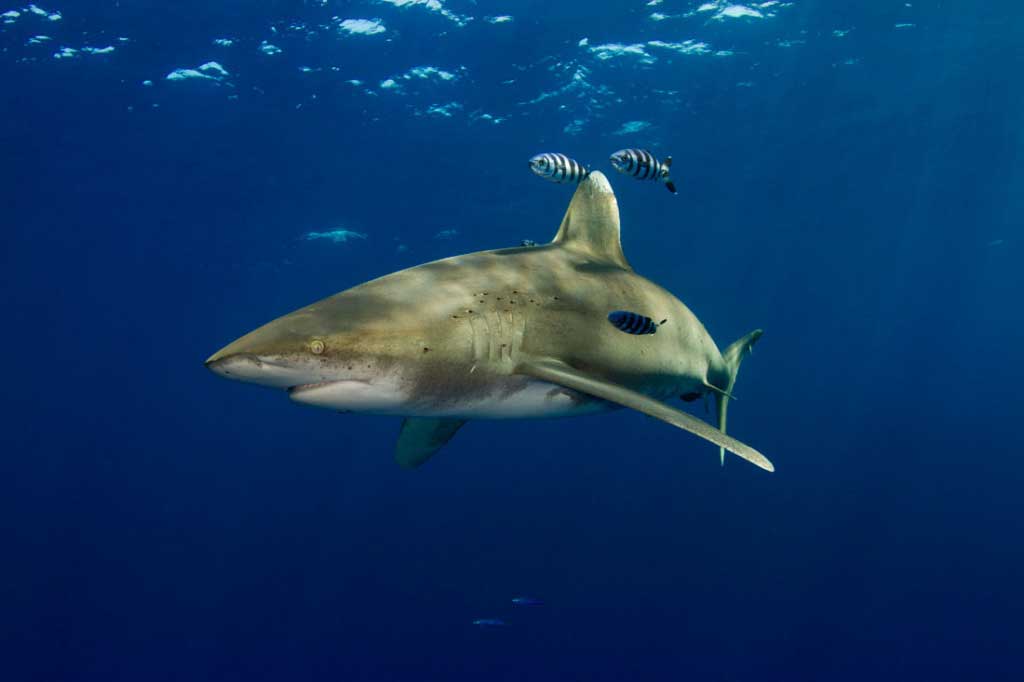Why Sharks Migrate: The Science of Long-Distance Travel
Introduction
Sharks are not just local residents of reefs and coastal areas. Many are long-distance travelers, crossing entire oceans in search of food, mates, and suitable habitats. Some species migrate seasonally, while others undertake epic journeys that span thousands of miles.
In this installment of Shark Science Explained, we’ll explore why sharks migrate, the science behind their navigation, and what these incredible movements mean for both divers and conservation.

The Myth: Sharks Always Stay in One Area
A common misconception is that sharks are territorial, sticking to one location year-round. In reality, many species are highly migratory, and their movements are often key to their survival. Research using satellite tags has revealed astonishing journeys, showing just how far sharks can travel.
Why Sharks Migrate
- Feeding Opportunities
- Sharks follow seasonal prey movements, such as tuna, herring, or squid.
- Whale sharks travel to plankton blooms, while hammerheads migrate to areas rich in schooling fish.
- Breeding and Nursery Grounds
- Some sharks migrate to specific coastal or shallow areas to give birth.
- These nurseries provide protection for vulnerable pups.
- Temperature and Habitat Preferences
- Sharks are sensitive to water temperature. Many move seasonally to warmer or cooler waters depending on their tolerance.
- Tiger sharks, for example, shift between tropical and subtropical zones with seasonal changes.
- Avoiding Competition and Predators
- Migration helps distribute populations across wider ranges, reducing pressure on local resources.
How Sharks Navigate
Sharks use an incredible toolkit of senses to find their way across oceans:
Scientific Discoveries on Shark Migration
These movements prove that shark conservation must extend beyond local waters. They are truly global citizens of the ocean.
What Shark Migration Means for Divers
For divers, shark migrations explain why sightings can be seasonal or unpredictable:
Why Sharks Migrate: Conclusion
Shark migrations are among the most extraordinary journeys in the natural world. From following prey to breeding in safer nurseries, these movements are vital for their survival. For divers, witnessing migratory species is a reminder of how connected the ocean truly is, and why protecting sharks requires international cooperation. Learn how ocean warming is having an impact on shark migration.
At Epic Diving, we’re proud to share seasonal encounters with migratory species like tiger, great hammerheads and oceanic whitetips, offering guests a front-row seat to nature’s grand journeys.
FAQs
Sharks migrate for food, breeding, temperature changes, and to reduce competition. These movements are critical for their survival.
Sharks use electroreception to detect Earth’s magnetic field, environmental memory, and possibly celestial cues to find their way.
No. Some species, like nurse sharks, remain in relatively small home ranges, while others, like tiger or great white sharks, travel across oceans.







